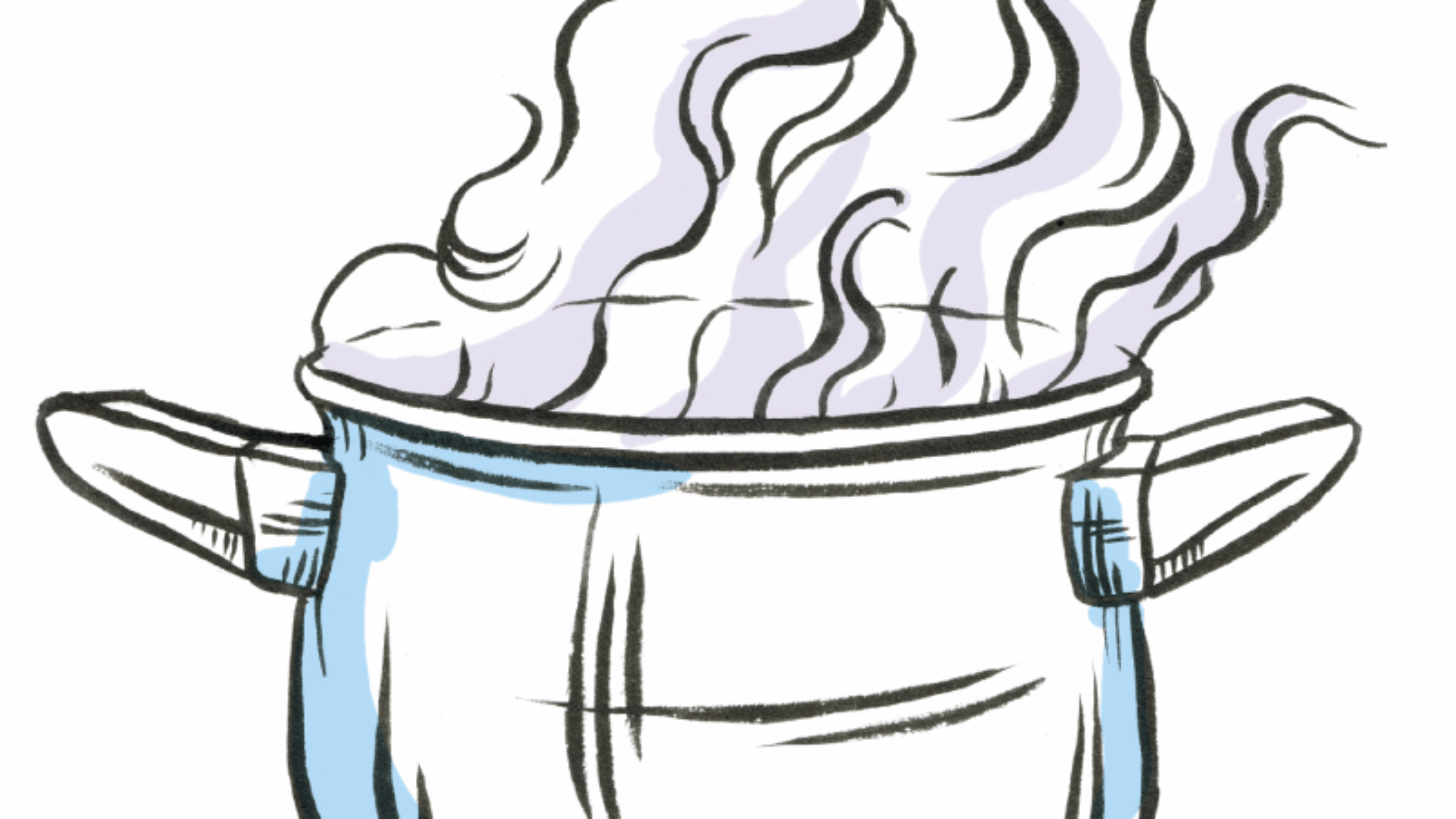
Coconut oil
How it's made in Milne Bay.
Coconut palms line the shore in many parts of Milne Bay, Papua New Guinea. Some trees may have been there for a hundred years and wherever a coconut washes up, a new palm grows.
Communities are now finding new ways to use these trees to develop sustainable, reliable incomes.
Each family has coconut palms in their garden plot that are passed down through the generations. Many people produce copra (dried and smoked coconut flesh) that can produce a small profit at the market, but there is potentially more profit from coconut oil.
In Cool Earth’s partner community in Wabumari, a group decided that they would like to produce coconut oil rather than copra. With a much higher value, and its usage booming, this simple method caught their eye. In April Daisy Halaba, Cool Earth’s Project Manager, ran training sessions with the group to produce high-grade virgin coconut oil. Already, the group has over 200 litres packed up and ready for sale. Daisy is helping the community with training in saving and loans, and how to find a market for their product. If the group can find reliable buyers they can ensure a sustainable income even after Cool Earth leaves. And that’s the key to keeping trees standing long term.
How to make coconut oil:
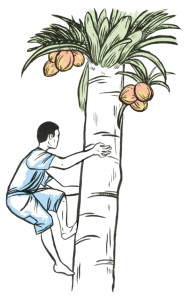
Climb a coconut to harvest 25 coconuts (
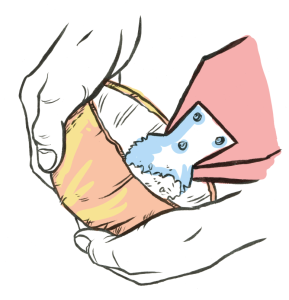
After de-husking and cracking open the shells, scrape out all the flesh with a metal tool.
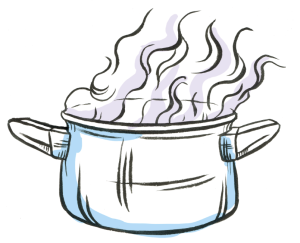
Boil the flesh in a litre of water and then squeeze it to get the cream out.

Strain the coconut cream through a piece of cloth.
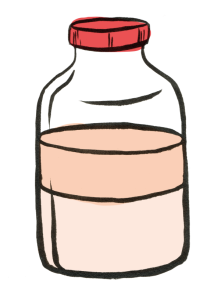
Cover the liquid in a clear container and leave to ferment for 3-4 days until the oil is separated out.
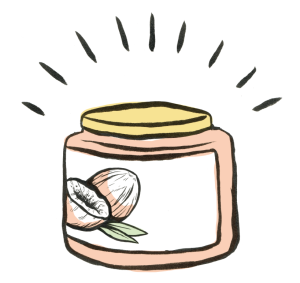
Draw off the precious oil and decant into containers ready for selling.